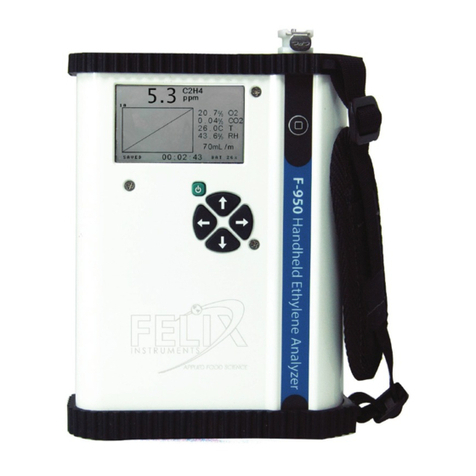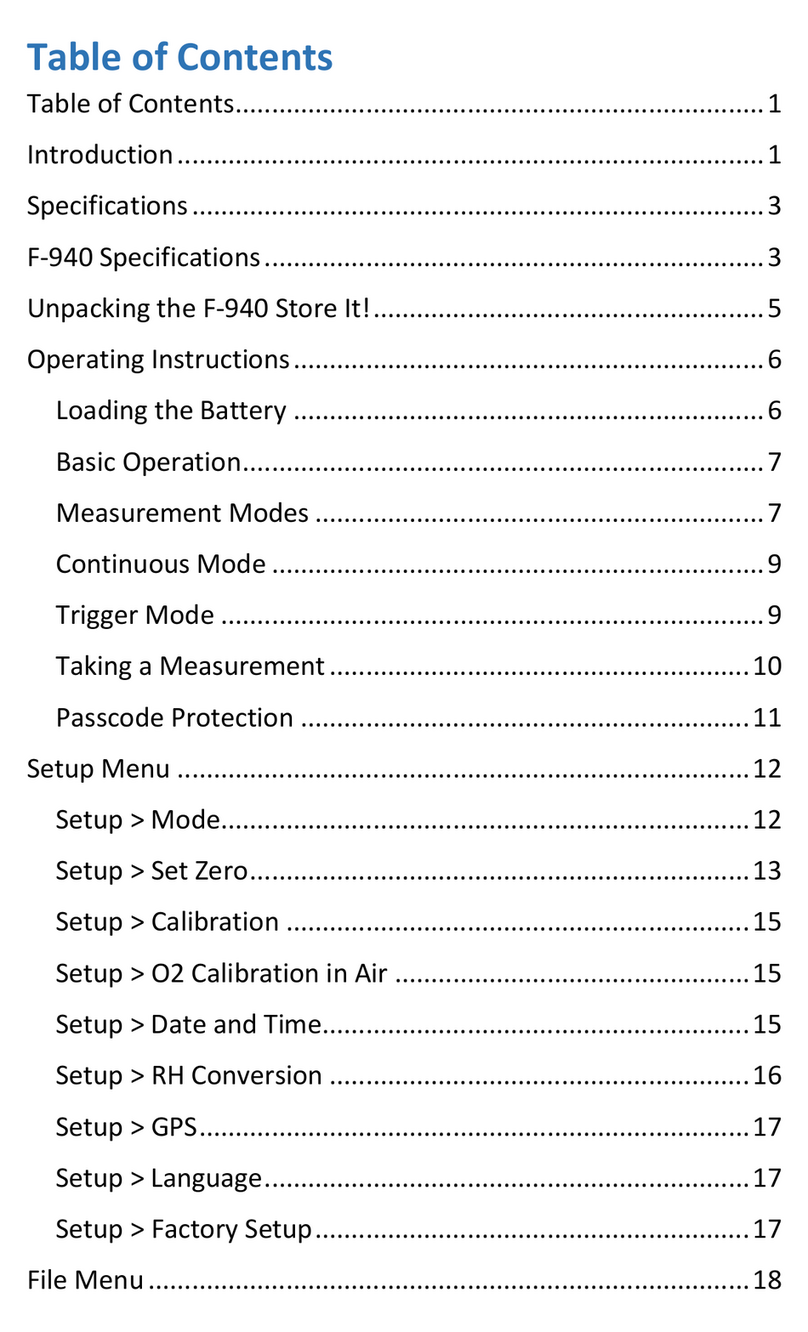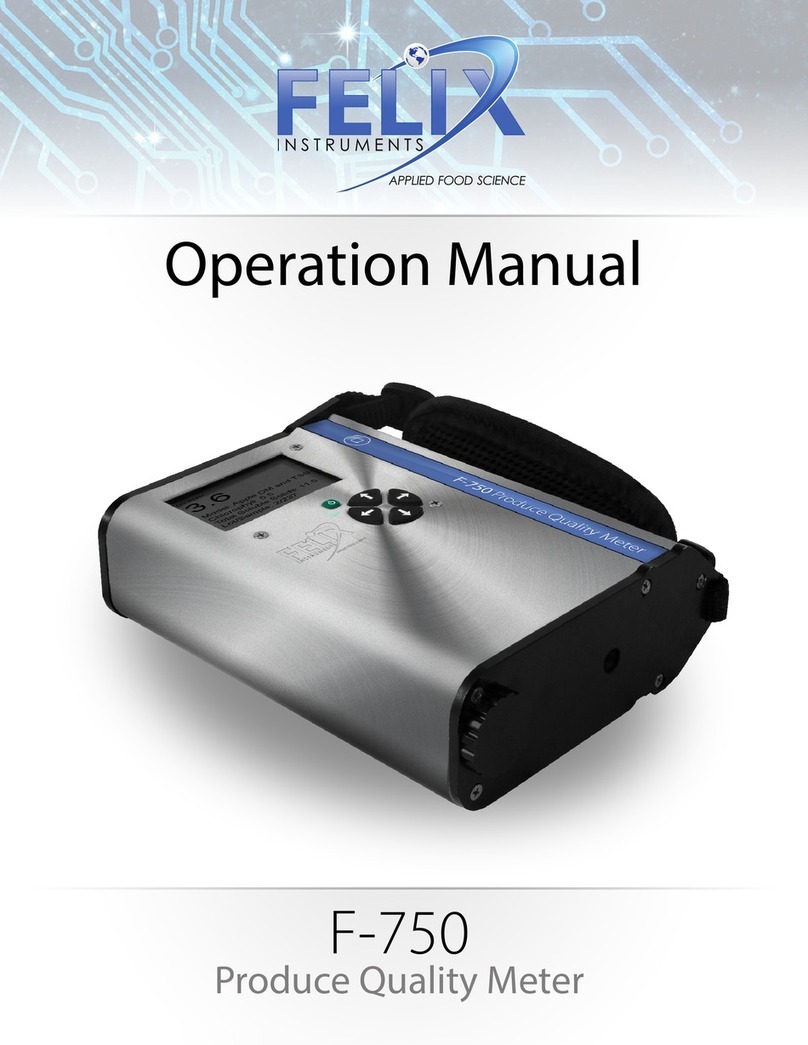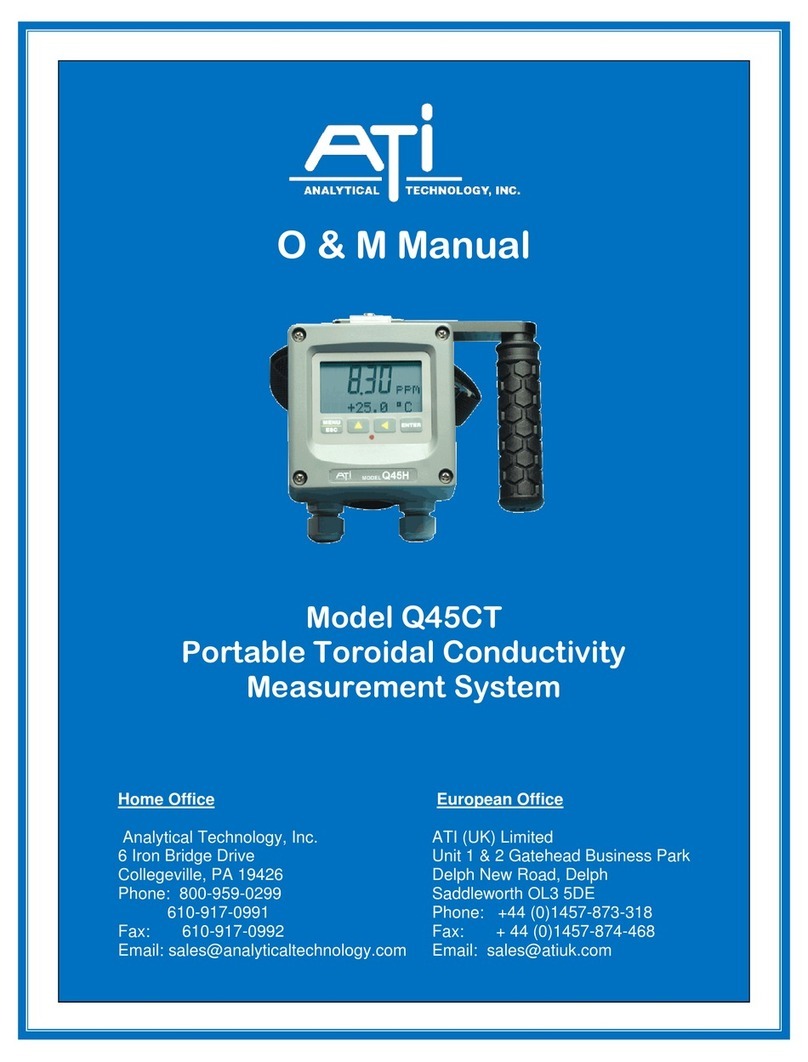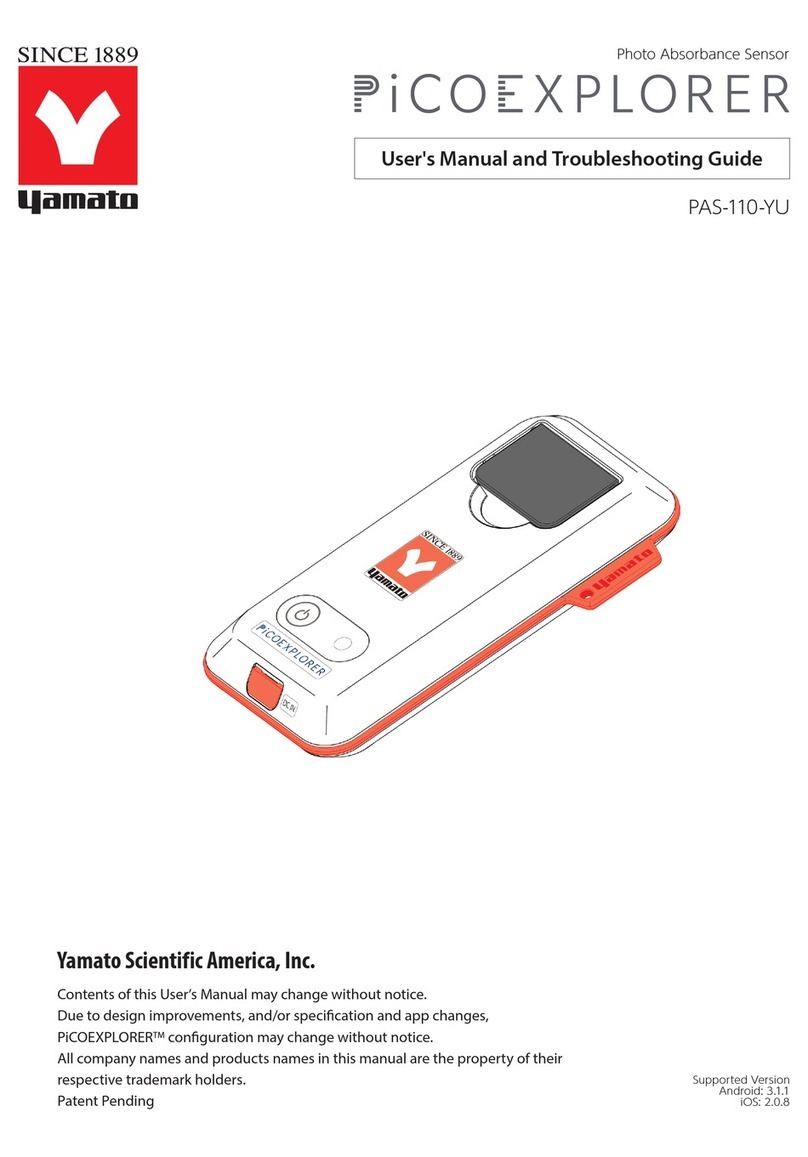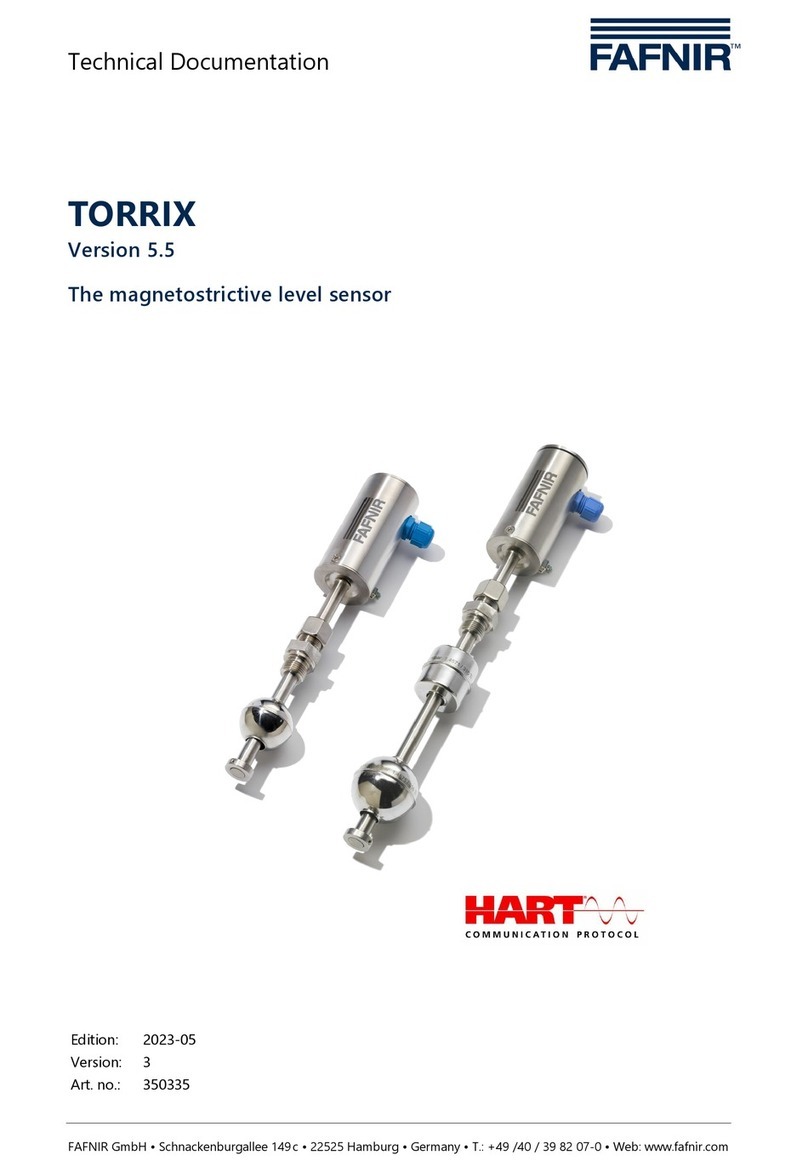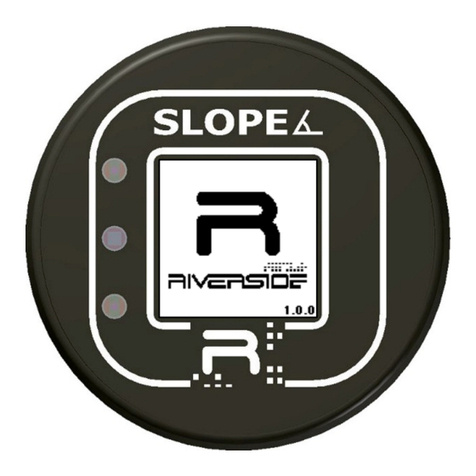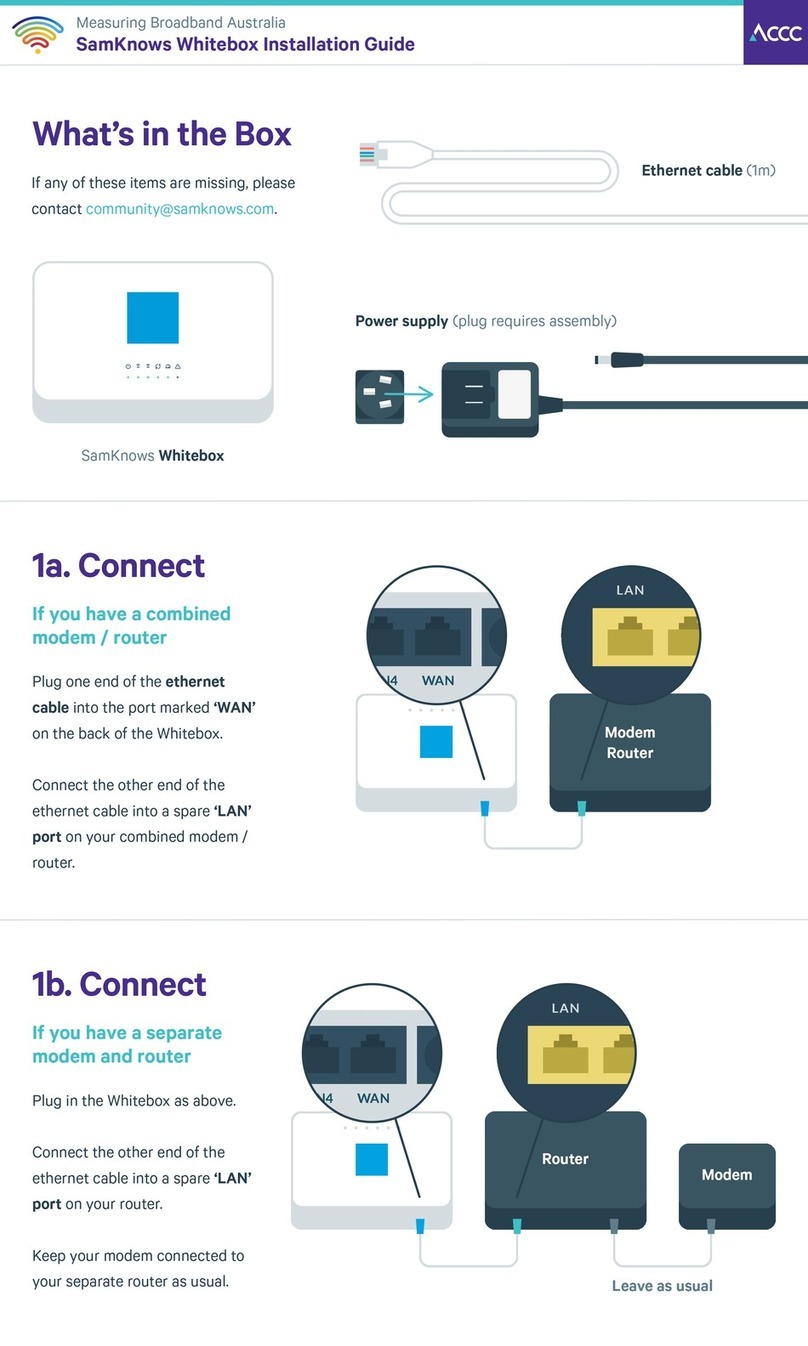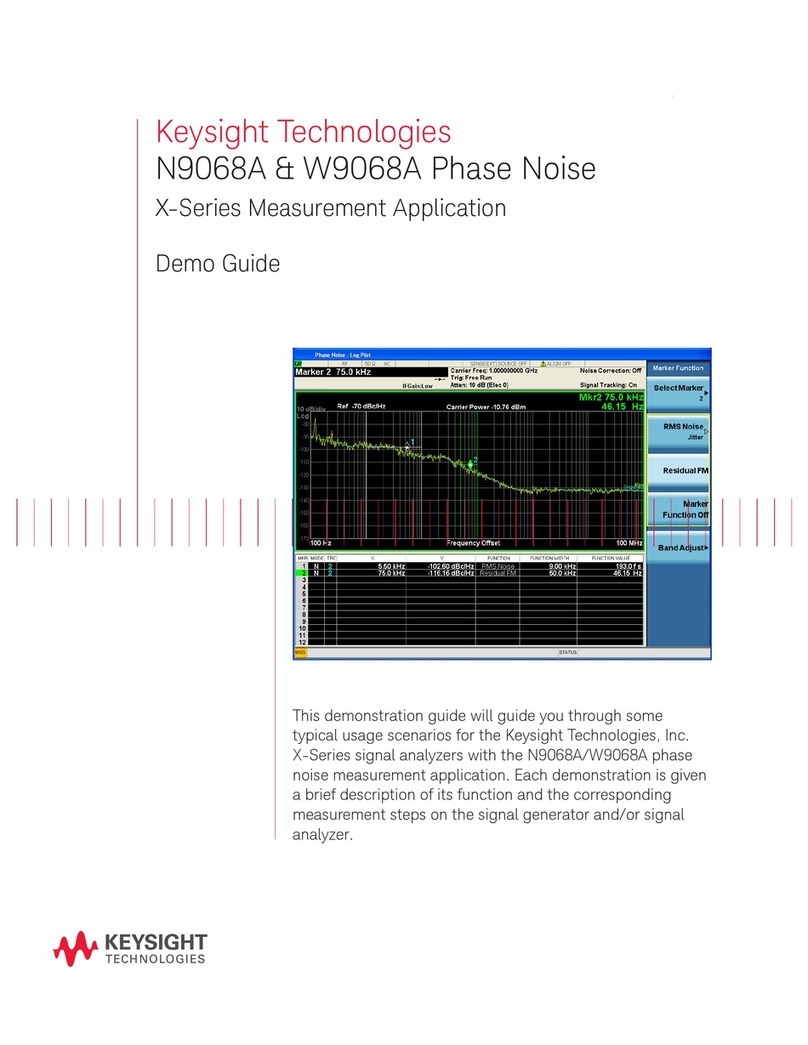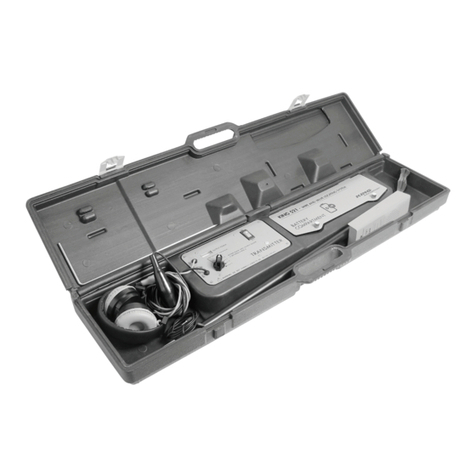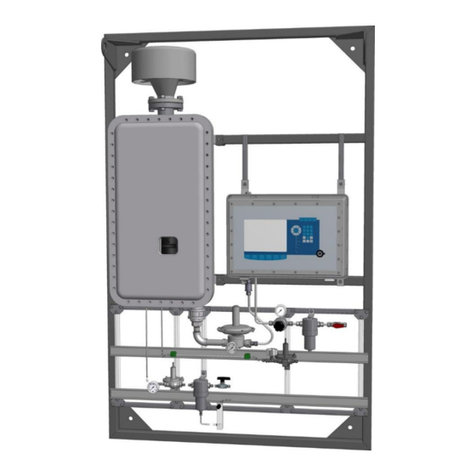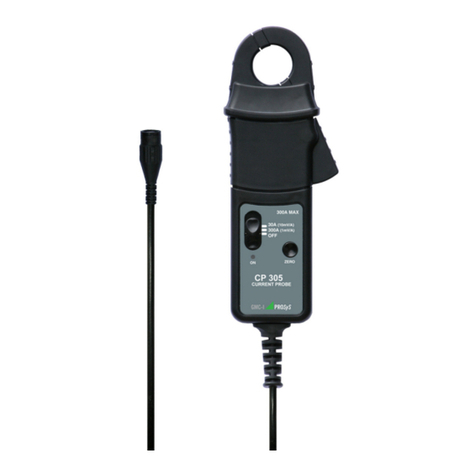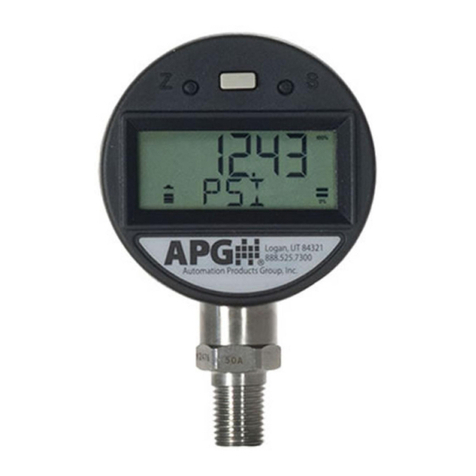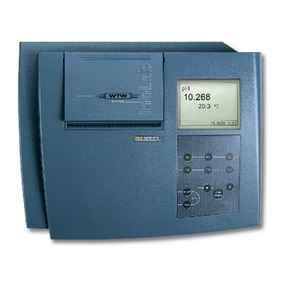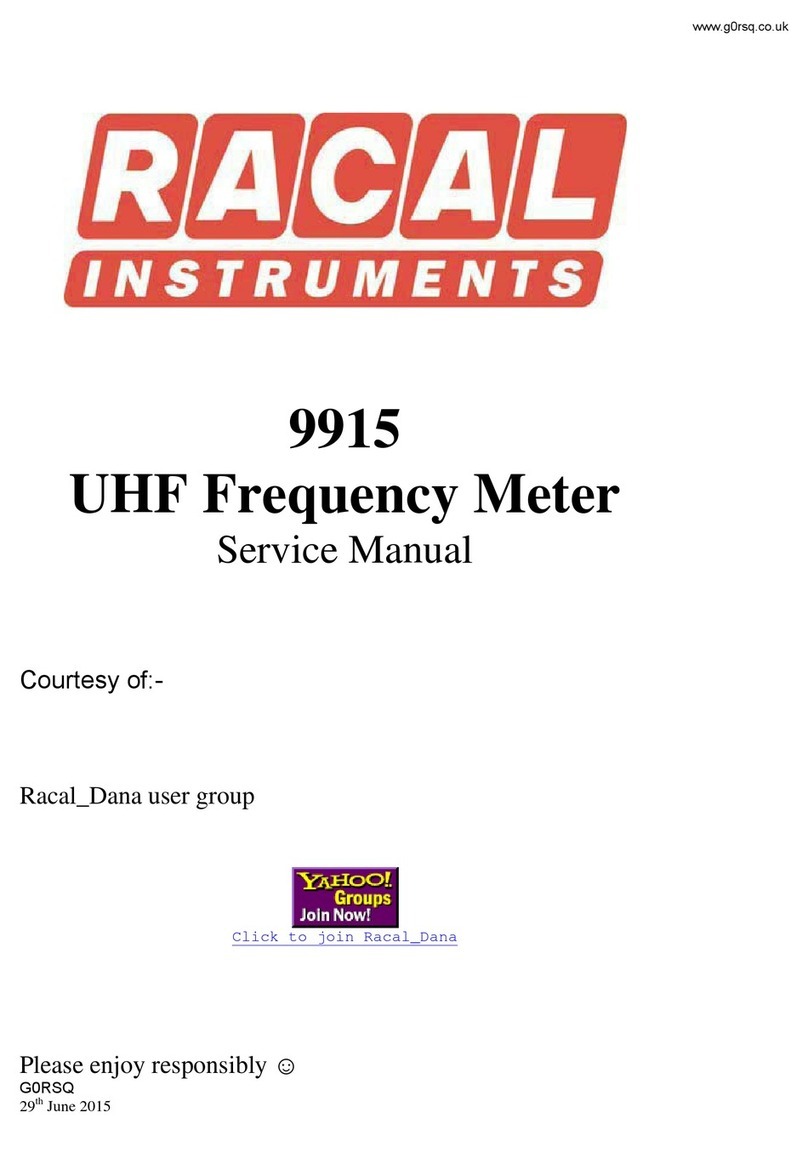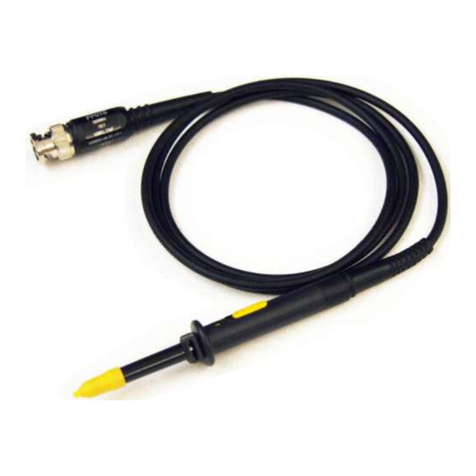
Ethylene Sensors................................................................................................................................. 28
Ethylene PPB Sensor...................................................................................................................... 28
Ethylene PPM Sensor ..................................................................................................................... 28
CO2 Sensors......................................................................................................................................... 28
CO2 PPM........................................................................................................................................... 29
CO2 PCT........................................................................................................................................... 32
O2............................................................................................................................................................ 32
Ethylene Sensor Zero Calibration ......................................................................................................... 33
Manually Set Zero: Standard Operating Procedure........................................................................ 33
Manually Set Zero: PolarCept Enabled ............................................................................................ 34
Automatically Set Zero: Offset Correction........................................................................................ 34
F-900 Menu System Diagram ............................................................................................................... 36
Setup Menu............................................................................................................................................... 37
Setup Measure ..................................................................................................................................... 37
Setup Autosave.................................................................................................................................... 37
Setup Sensor........................................................................................................................................ 38
Setup Calibration.................................................................................................................................. 39
C2H4Calibration................................................................................................................................ 39
Offset Correction.............................................................................................................................. 40
Flow Rate Calibration...................................................................................................................... 41
Setup Time and Date........................................................................................................................... 41
Setup Flow ............................................................................................................................................ 41
Setup Chamber..................................................................................................................................... 42
Setup Terminals ................................................................................................................................... 45
Setup Board...................................................................................................................................... 47
View Menu................................................................................................................................................. 49
View Files.............................................................................................................................................. 49
View Voltage......................................................................................................................................... 49
View Battery.......................................................................................................................................... 50
Other View Menu Options................................................................................................................... 50
GPS System Features..................................................................................................................... 50
File Menu................................................................................................................................................... 52




















